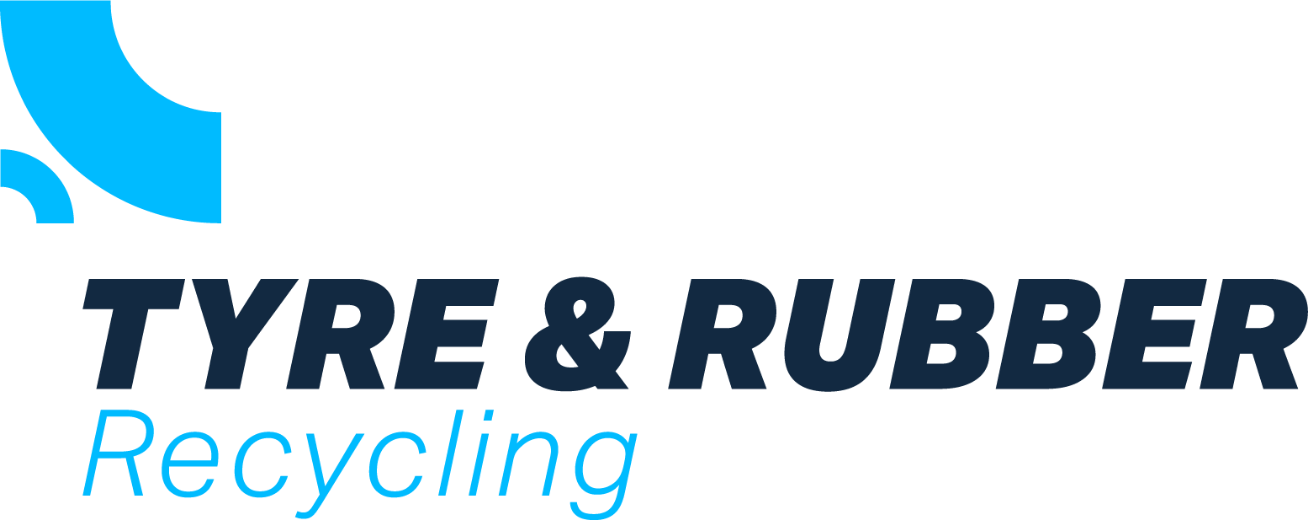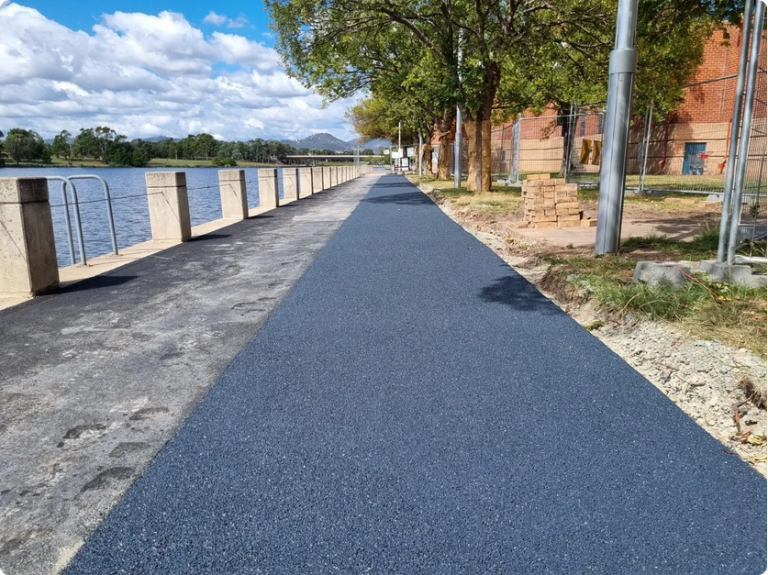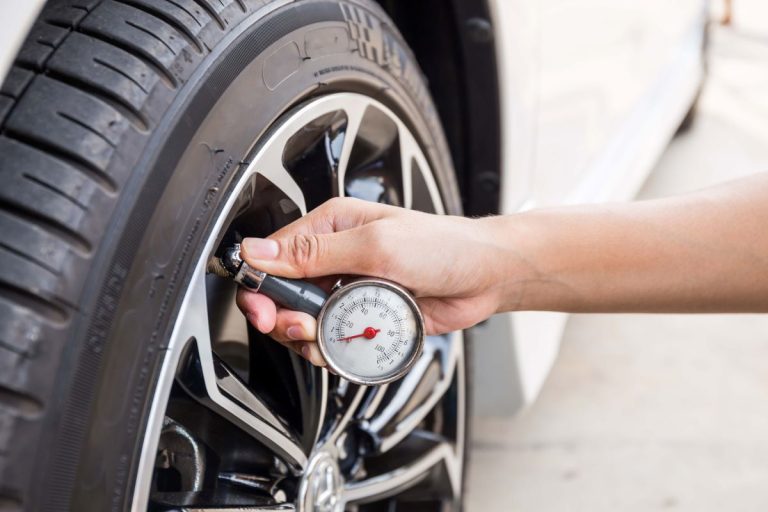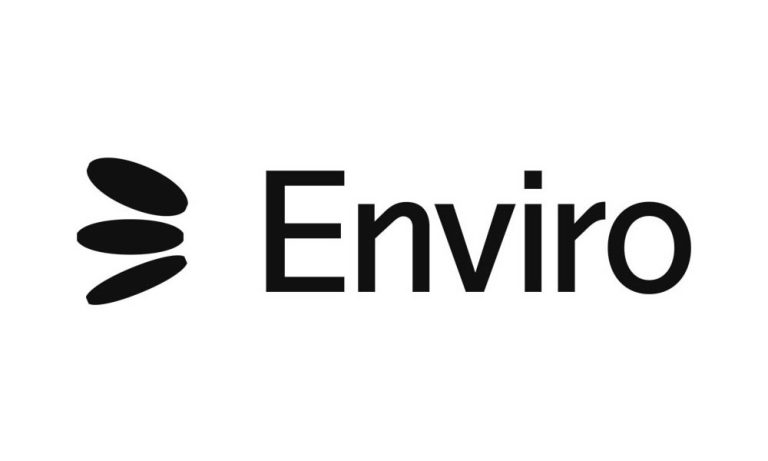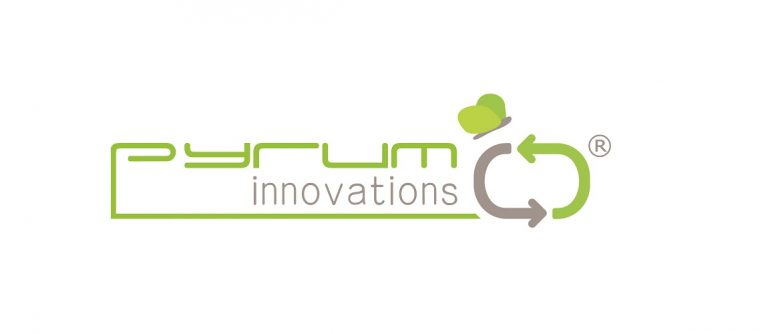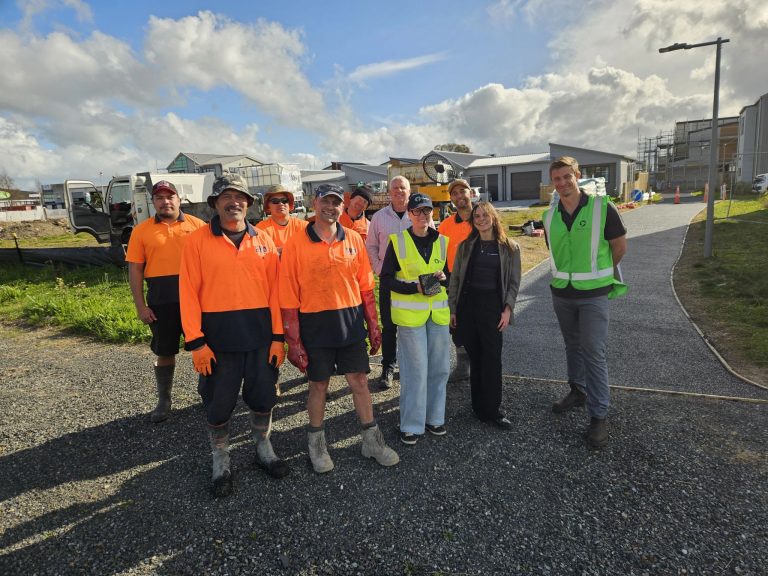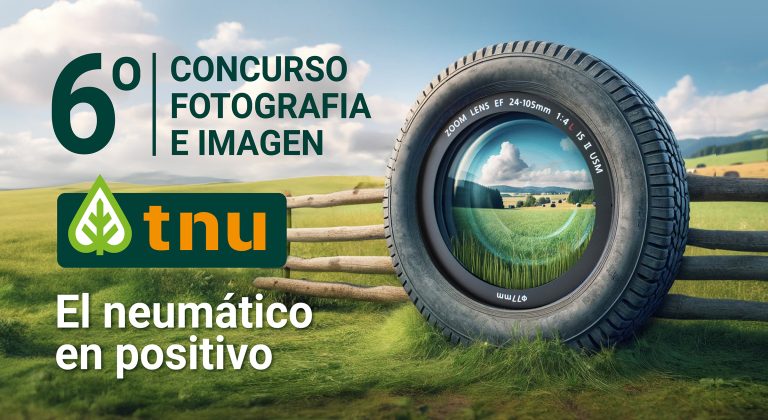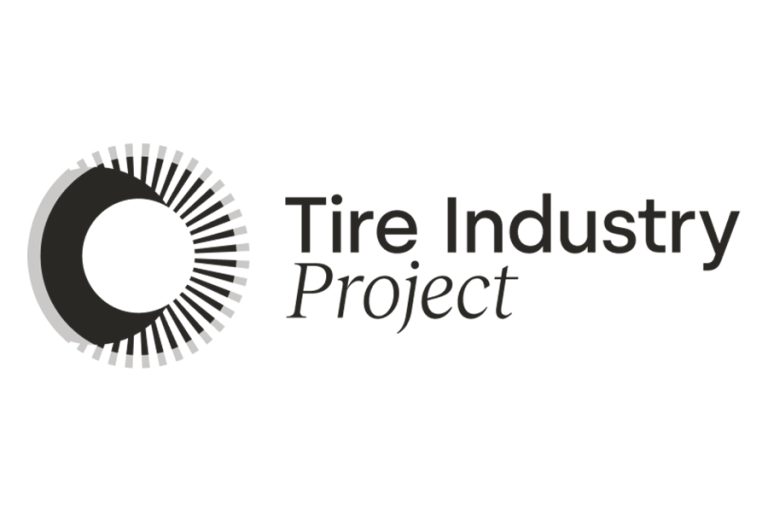Pyrum Innovations AG published its financial report for the first half of 2025 (from 1 January to 30 June 2025), showing revenue, capitalised own work, investments, and other figures
In its recently published financial report, Pyrum showed its revenue in the first six months amounted to EUR 1,267 thousand, which is up by 79% compared to the same period last year. The report shows capitalised own work amounting to EUR 5,214 thousand, compared to 3,614 thousand in 2024. The growth corresponds to ongoing investments for the planned construction of the Pyrum plant in Perl-Besch and the assembly and commissioning work for the pyrolysis gas power generation and grinding and pelletising plant in Dillingen. Total output grew by 48% to EUR 6,712 thousand due to the increase in revenue and higher capitalisable own work.
Pyrum figures show that other operating income almost tripled compared to the previous year, reaching EUR 2,303 thousand. This was due to investment subsidies of EUR 2,011 thousand for job creation in Dillingen, resulting from the completion of the main facilities for the plant expansion. Other operating expenses were significantly higher than in the same period of the previous year at EUR 2,176 thousand (H1 2024: EUR 1,600 thousand). This was due to the new running costs incurred by the operation of TAD 2 and TAD 3.
EBITDA amounted to EUR -2,358 thousand (H1 2024: EUR -3,183 thousand), while EBIT was EUR -3,942 thousand (H1 2024: EUR -4,289 thousand). Adjusted for non-recurring investment grants of EUR 2,011 thousand (H1 2024: EUR 531 thousand), adjusted EBITDA amounted to EUR -4,369 thousand (H1 2024: EUR -3,714 thousand) and adjusted EBIT to EUR -5,954 thousand (H1 2024: EUR -4,820 thousand). The consolidated net result for the period amounted to EUR -4,582 thousand (H1 2024: EUR -4,787 thousand). Available liquidity as of 30 June 2025 amounted to EUR 2,878 thousand (31 December 2024: EUR 11,740 thousand), according to the latest Pyrum figures.
After the balance sheet date, a capital increase was carried out in July 2025, raising EUR 5.6 million in additional equity through the placement of new shares.
Pascal Klein, CEO of Pyrum, commented: “Unfortunately, we are not yet where we want to be in terms of the throughput of the new grinding and pelletising plant, but we are working closely with the manufacturer to find a solution. Ideally, the necessary adjustments should take place in December 2025, but no later than in the first quarter of 2026. In the meantime, a stable process for the production of 600-800 kg/h at 12-14 hours per day should lead to significant increases in sales in the fourth quarter. For the remainder of 2025, our main focus will be on the start of construction in Perl-Besch and the successful completion of the commissioning of the new grinding and pelletising plant. In doing so, we want to lay the foundation for a significant expansion of capacity and increasing sales.”
To achieve a substantial increase in sales, the recovered carbon black (rCB) produced in the new reactors must be ground and pelletised. The combined commissioning of both plants began on schedule in July 2025. In the meantime, a throughput of 800 kg/h has been achieved for a short time, meeting the customer’s quality standards. Initial samples have already been delivered to tyre manufacturers, and Schwalbe has also purchased its first small quantities. The grinding process is achieving the target volume of 1,650 kg/h. However, it has not yet been possible to achieve this target throughput in pelletisation, with the problem existing in the area of material transport between the two plants, and the manufacturer is working on a suitable solution.
Furthermore, the first maintenance of the two new production lines, TAD 2 and 3, was completed at the Dillingen site, and the cleaning cycles of the plant were extended from four to eight weeks, without compromising on quality. In Perl-Besch, the site of the new plant can now be officially connected to the transport network, and detailed planning for the construction work can begin. Overall, the planning is already well advanced. The initial preparatory groundwork has been completed, long leads have been ordered, and architects have been commissioned. The symbolic ground-breaking ceremony is scheduled to take place before the end of this year.
For the full year 2025, management continues to anticipate growth in consolidated revenue from plant operations and revenue from consulting contracts with customers. Overall, revenue of between EUR 4.5 million and EUR 6.0 million is still forecast. Based on the current status of work and planning in the project business, the company now expects the Group’s total output for the 2025 financial year to be in the range of EUR 10 million to EUR 15 million, compared to the previous forecast of EUR 20 million to EUR 25 million. The extensive investments in plant components, originally planned for the second half of 2025, will be postponed to the first half of 2026. Pyrum figures when it comes to earnings before interest and taxes for the full year 2025 are still expected to be in the range of EUR -8.5 million to EUR -10.5 million.



